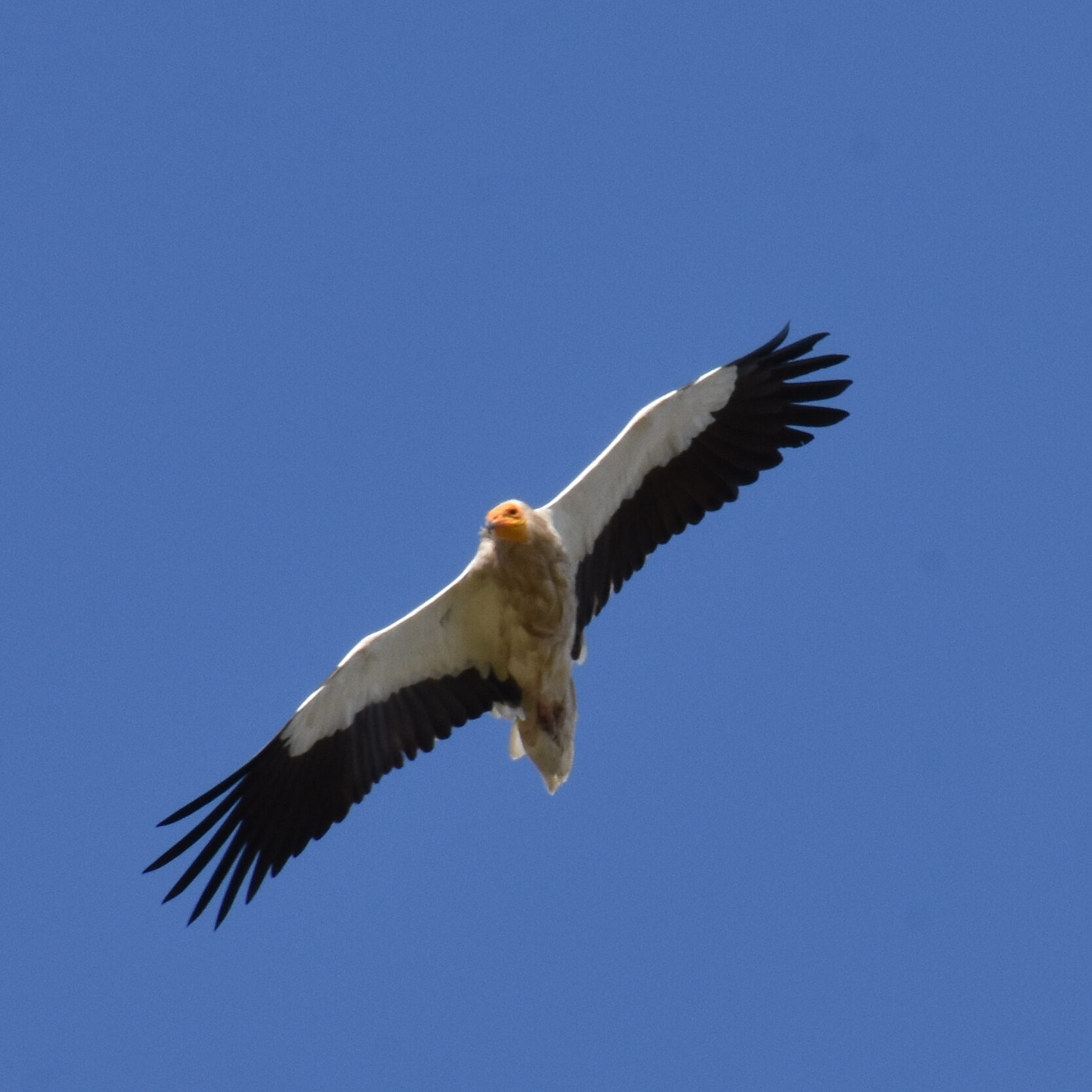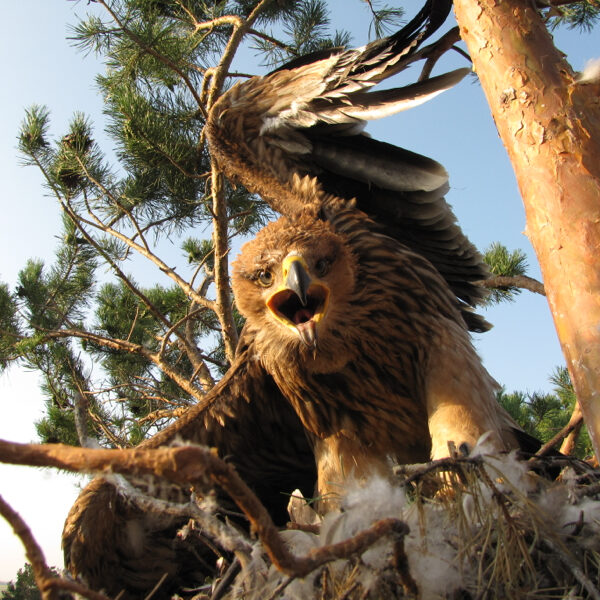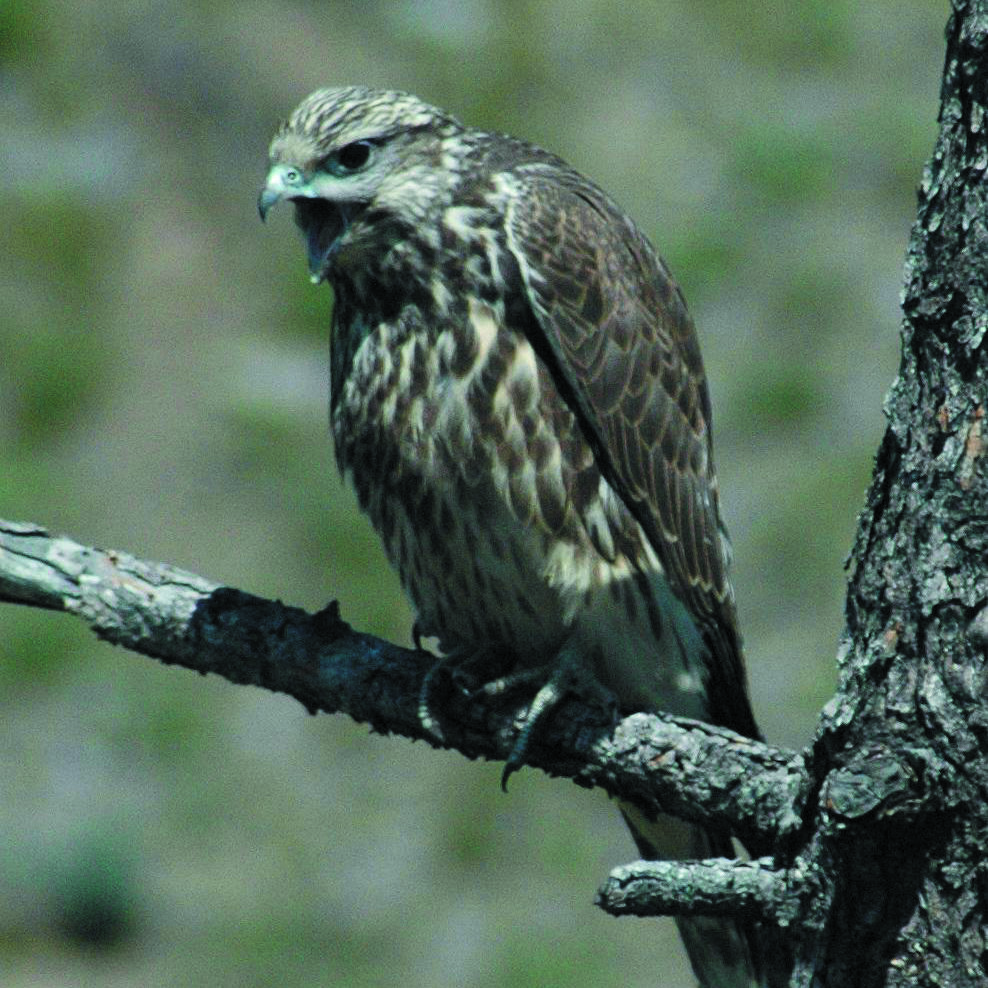Steppe Eagle
The Steppe Eagle (Aquila nipalensis) is a national icon in Kazakhstan, designated as the national bird and appearing on the country’s flag. The adoption of the Steppe Eagle as a national emblem is unsurprising—more than 80 percent of the bird’s population nests in Kazakhstan. The avian takes its name from the habitat in which it tends to breed, both in upland and lowland areas. In habitats around the world, Steppe Eagles play an important role in nature, helping to control populations of prey animals and to maintain balance in the ecosystems where they occur.
Precipitous declines in populations over the past few decades have landed the Steppe Eagle on the International Union for the Conservation of Nature (IUCN) Red List, where it is classified as Endangered. Loss of steppe habitat, collisions with power lines, human persecution, and illegal trafficking for falconry have all contributed to drastically dwindling numbers. In Kazakhstan, the Steppe Eagle population has fallen at an alarming rate, now roughly half of what it was just 15-20 years ago.
The Steppe Eagle is entirely migratory, probably migrating in greater numbers than any other Eagle in the world. Autumn migrations take the raptors to wintering grounds in nearby Turkmenistan and Uzbekistan, but also as far away as India, Africa, and the Middle East. The birds start to return to their breeding grounds in February. Many studies corroborate that Steppe Eagles generally migrate lesser distances as they age.
Golden Eagle
- under development








